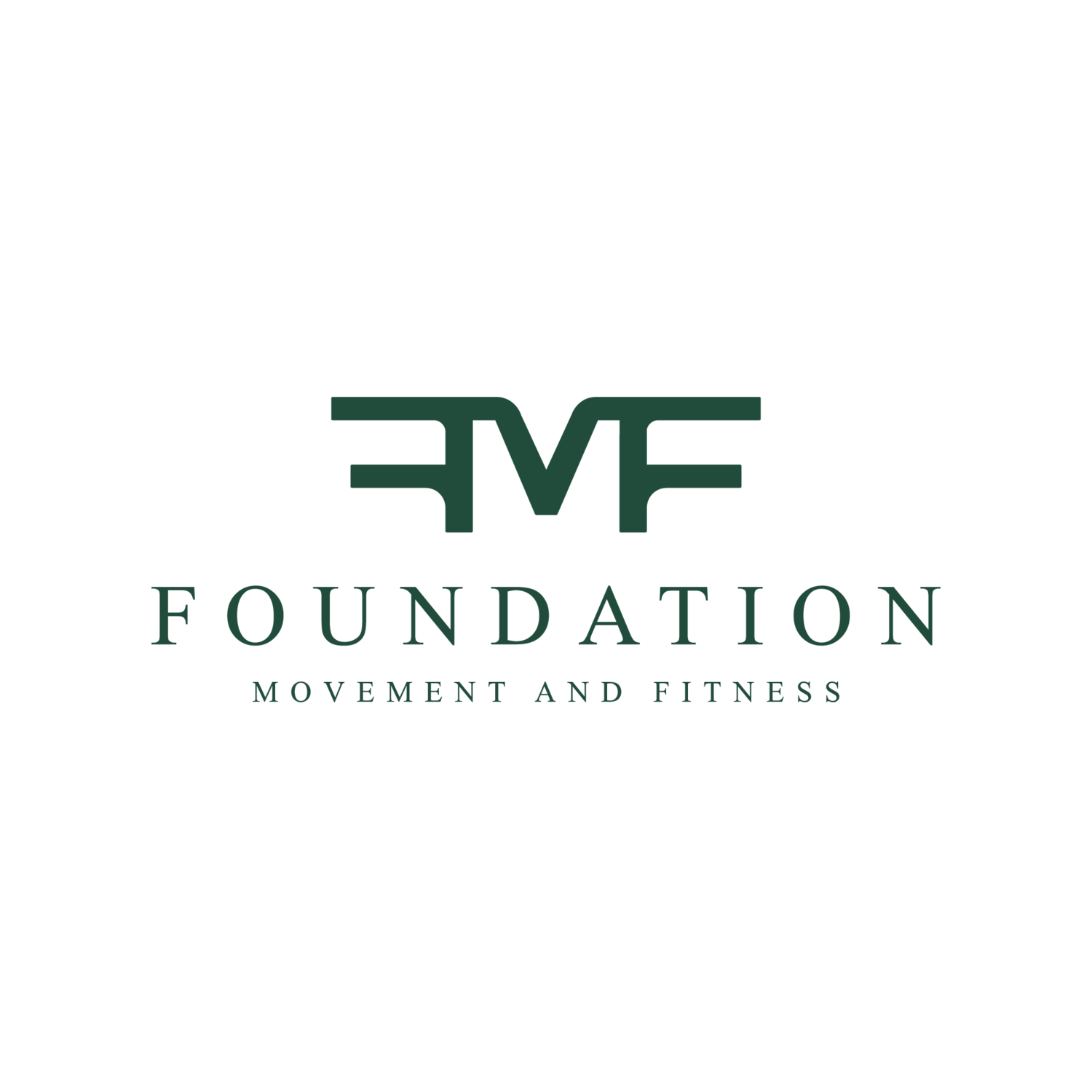Let’s talk a little about thoracic spines.
“But what are thoracic spines?” You maybe asking.
I’m glad you asked! The spine is split up into a few distinct segments based on the shape and form of the vertebrae in the given segment.
Here’s a visual representation for you
So as you can see there is the cervical spine which is mostly around the neck, the thoracic spine which is the upper and mid back and then the lumbar which is the low back and into the sacrum. Our vertebrae are very important. They allow for all the twisting and turning and bending and stretching that our spines can do and most importantly they protect our spinal cord.
Over the last few years, posture has become a hot topic and with the rise of technology and the amount of time most of us spend sitting in front of computers and phones, everyone wants to work on fixing their poor posture! Which is great! Because not only does poor posture not look very good (you know when you see someone super hunched over and suddenly get the urge to stiffen up and sit up straighter than you’ve ever sat before??) but it can cause numerous health problems and pain down the road.
So today I want to bring you a little bit of education about the thoracic spine in particular and ways to take care of yours!
**also be sure to note that we are indeed supposed to have curvature in our spine. I know a lot of people get hung up thinking that their upper back is hunchy and they’re lower back is over arched but remember, there is supposed to be rounding in the upper back and curving in the lower. The trick is working to have the right amount, not trying to have a completely straight line for a spine!
Here’s a few great moves for tightness in your upper back in order from easiest to most advanced. It’s very important to maintain mobility in your thoracic spine. As I mentioned before, your spine allows you to twist and turn and move all over and if we get to a point that the vertebrae stiffen and lock up we start to lose that range of motion. This will then cause you to start compensating to get yourself into the positions you need to get into but can’t.
So here’s a few great things to throw into a warm up, a break during the day, or your AM or PM routine!
Bow and Arrow:
Grab a band, you’ll want to have it coming from above you. You’re gonna hold each end and then basically pretend like you’re pulling back a bow and arrow and rotate through your upper back.
Puppy Pose
On all fours you’re going to put your arms far in front of you and send your chest down to the floor with your hips up in the air just like a puppy stretches! (hence the name)
Banded Y’s
With these you’ll want to make sure you’re using a band that is light enough that you aren’t dumping into the low back!
Well, hopefully you learned a little bit more about your thoracic spine today and how to take care of it! I think it’s super important to be able to know some terminology about our bodies. It can be very helpful when you are dealing with your own injuries or a child or family member and you are seeing the doctor. Just by knowing a little bit about anatomy you might be better equipped to ask the right questions, understand what the doctor is telling you, and most importantly advocate for yourself when needed.

